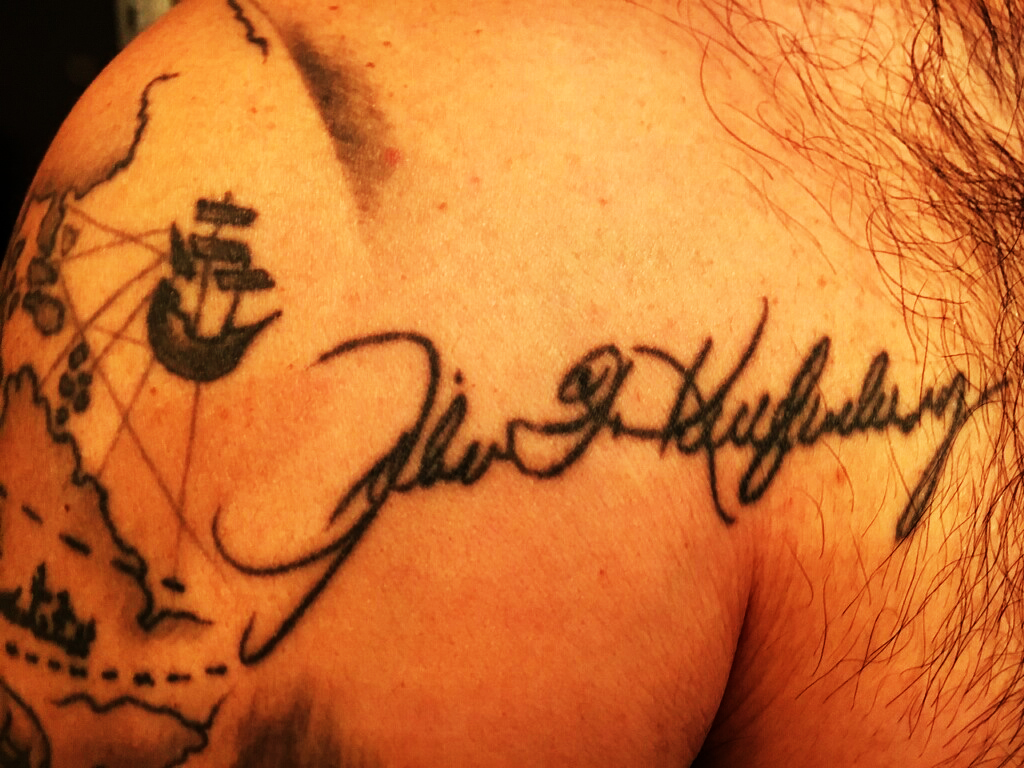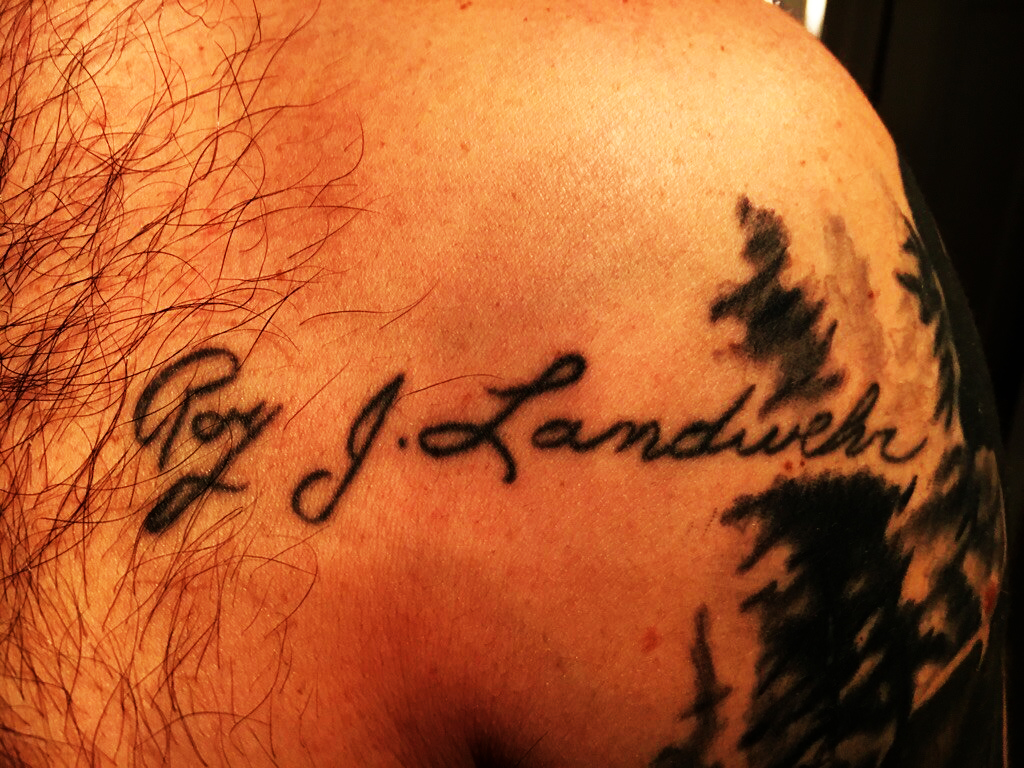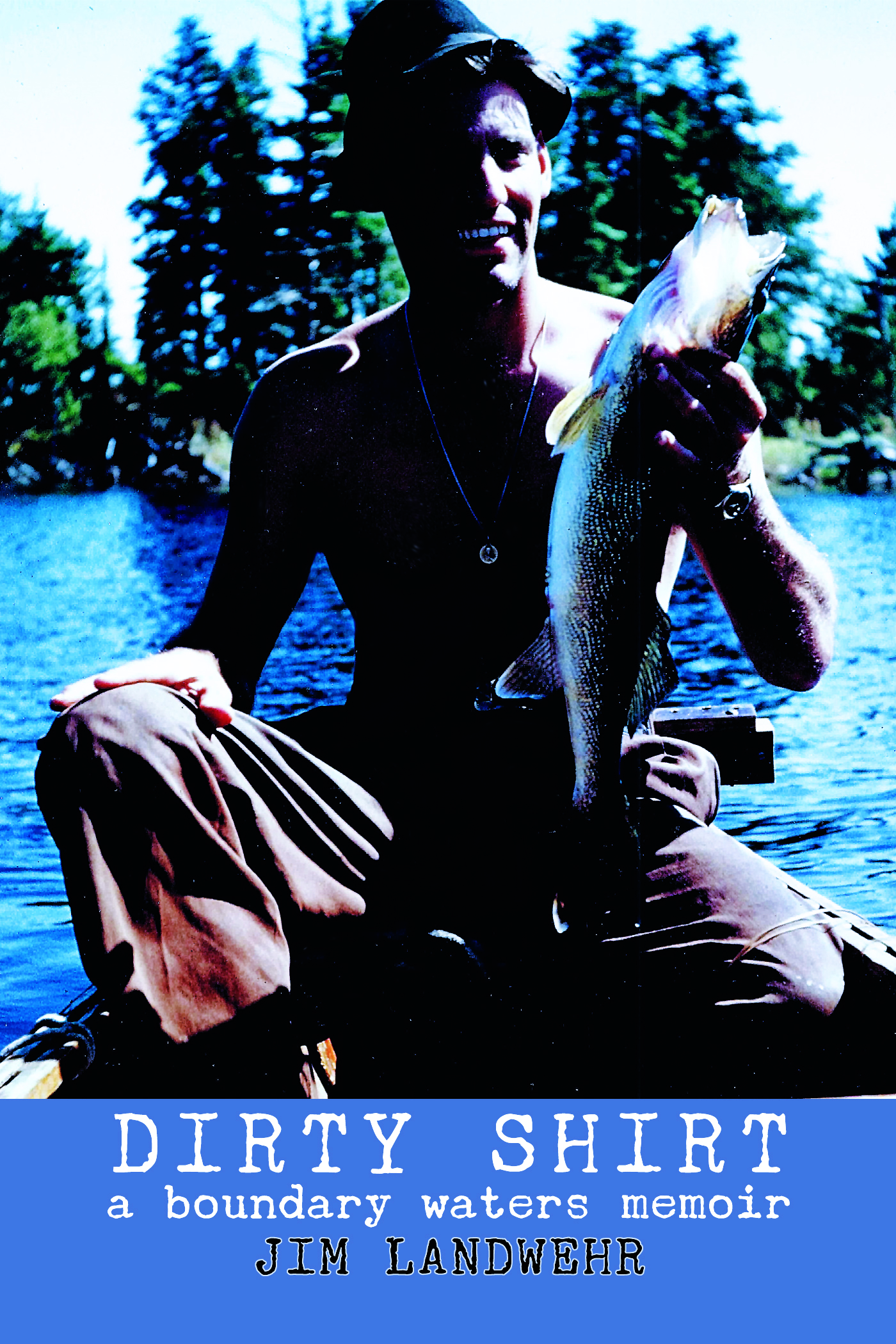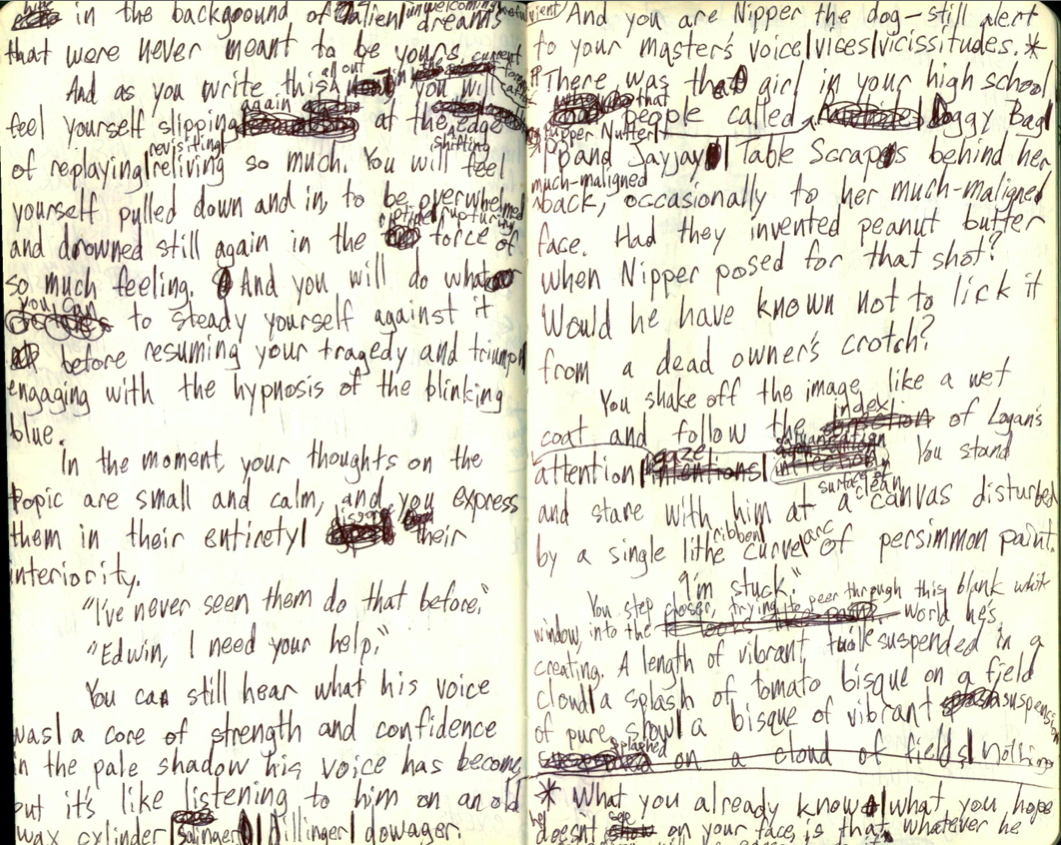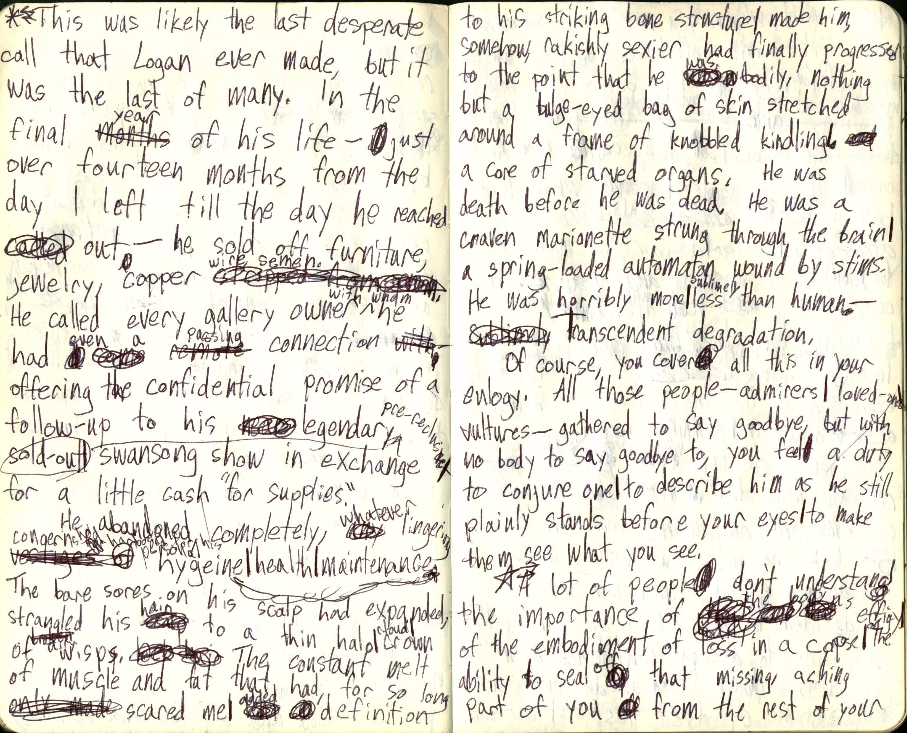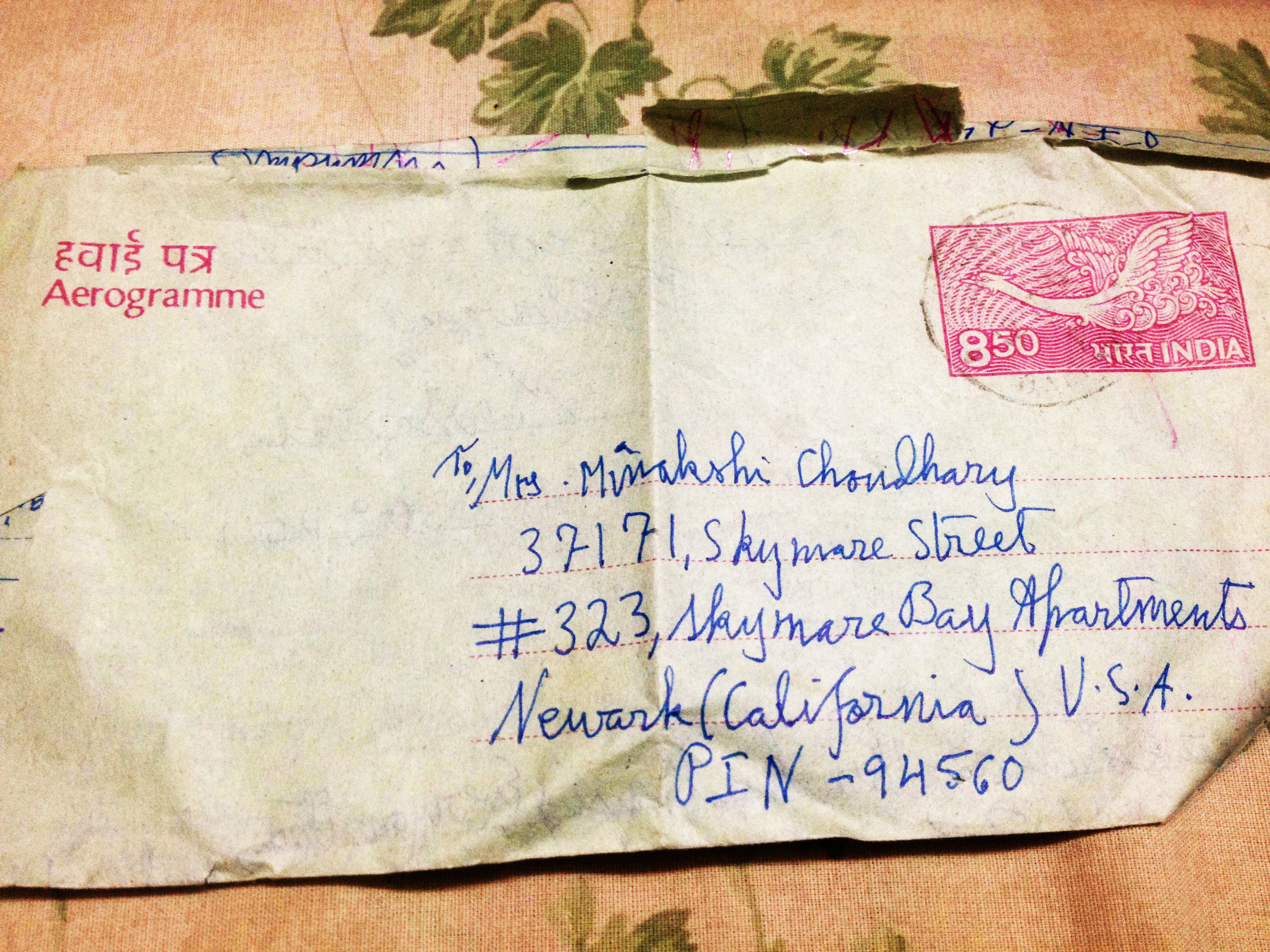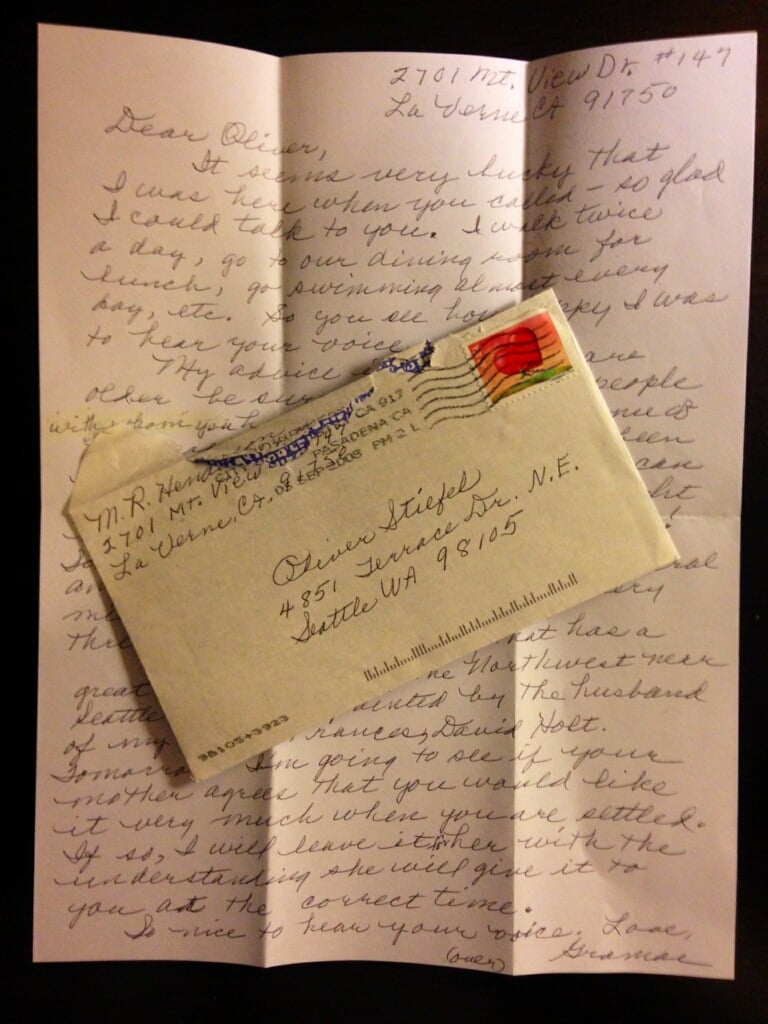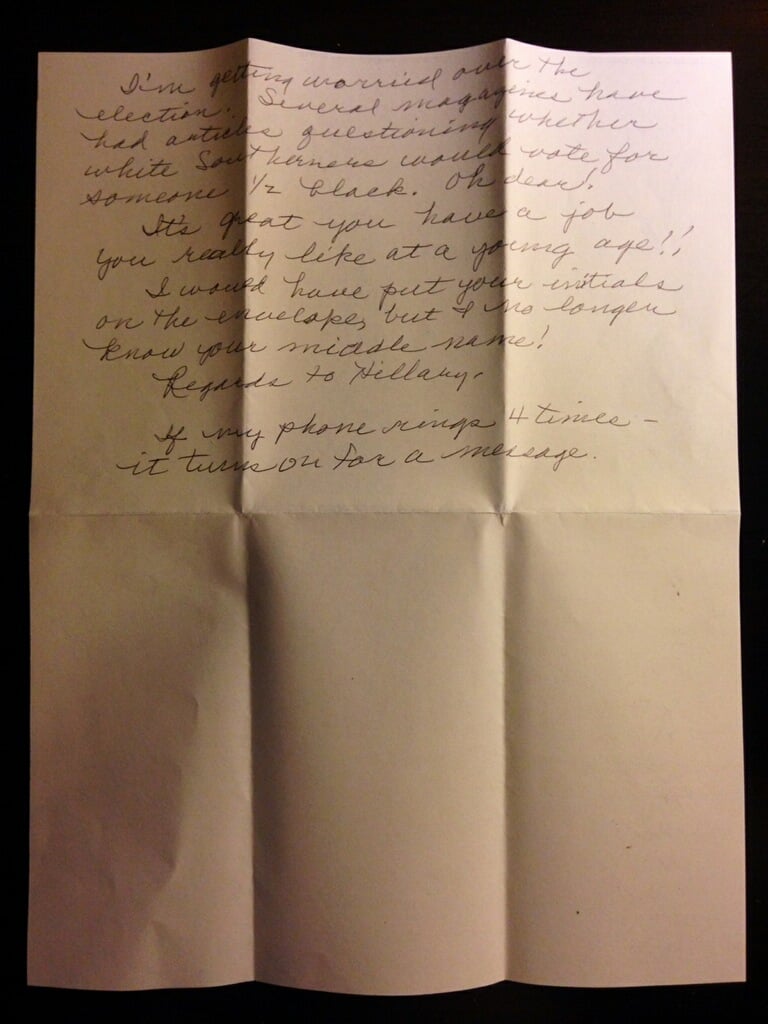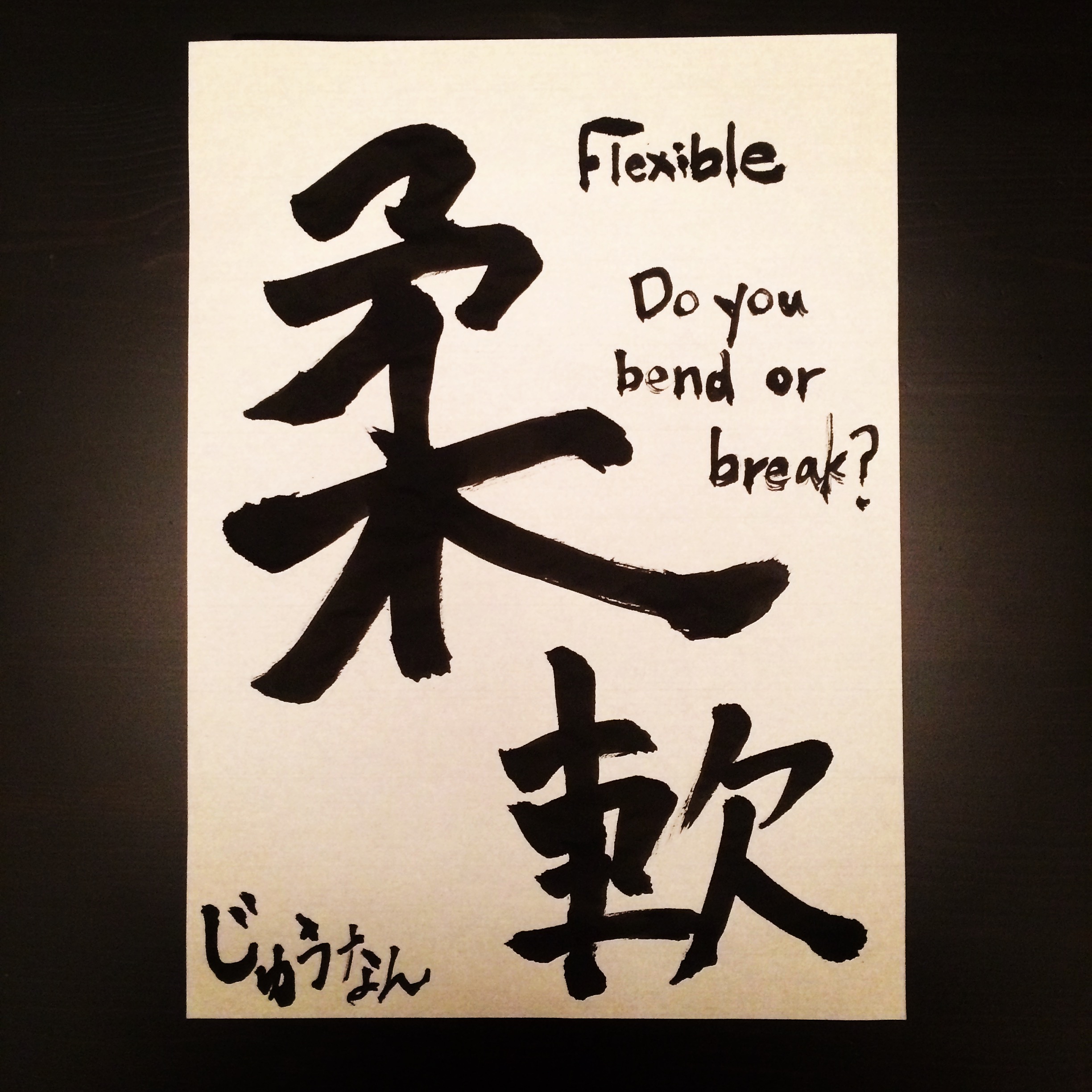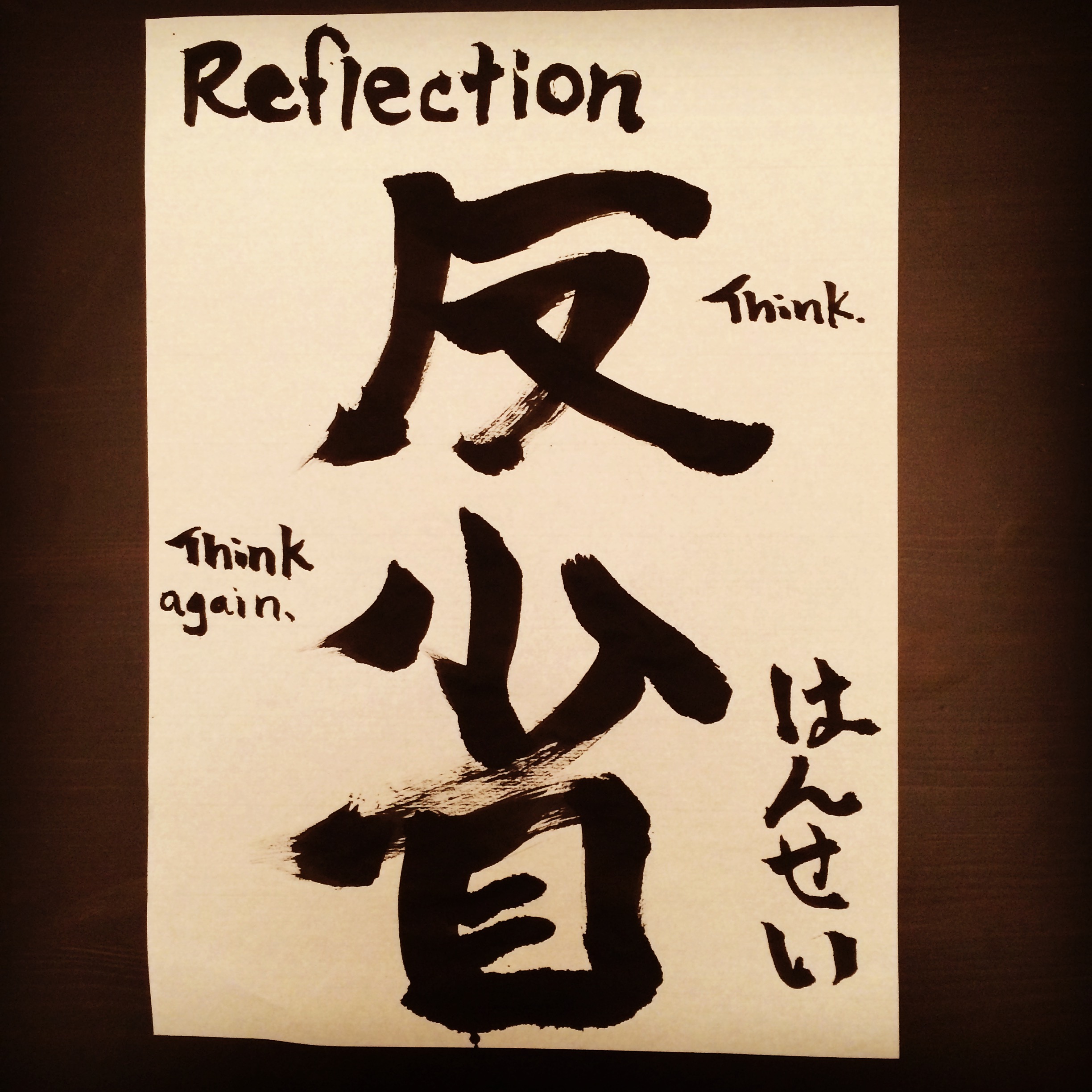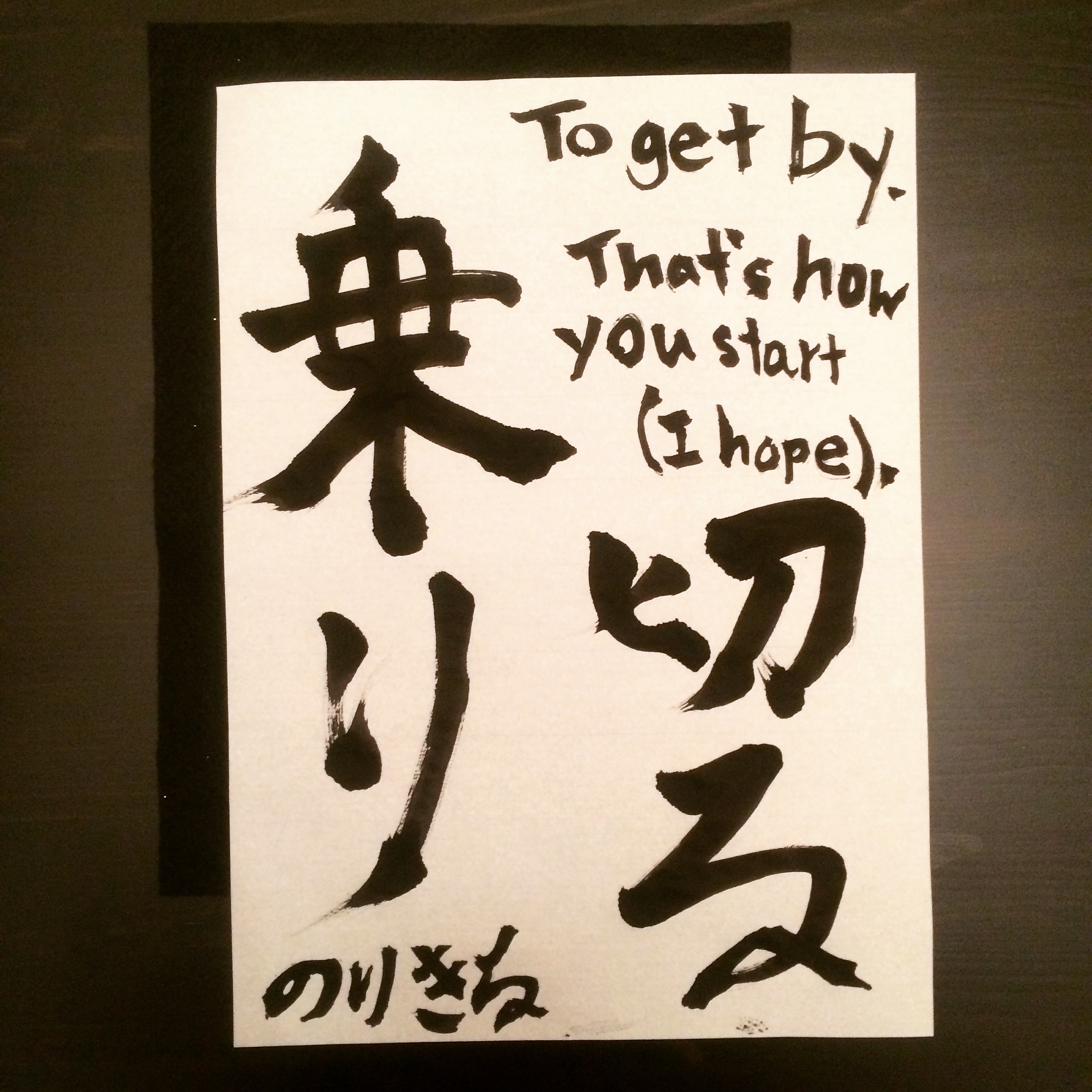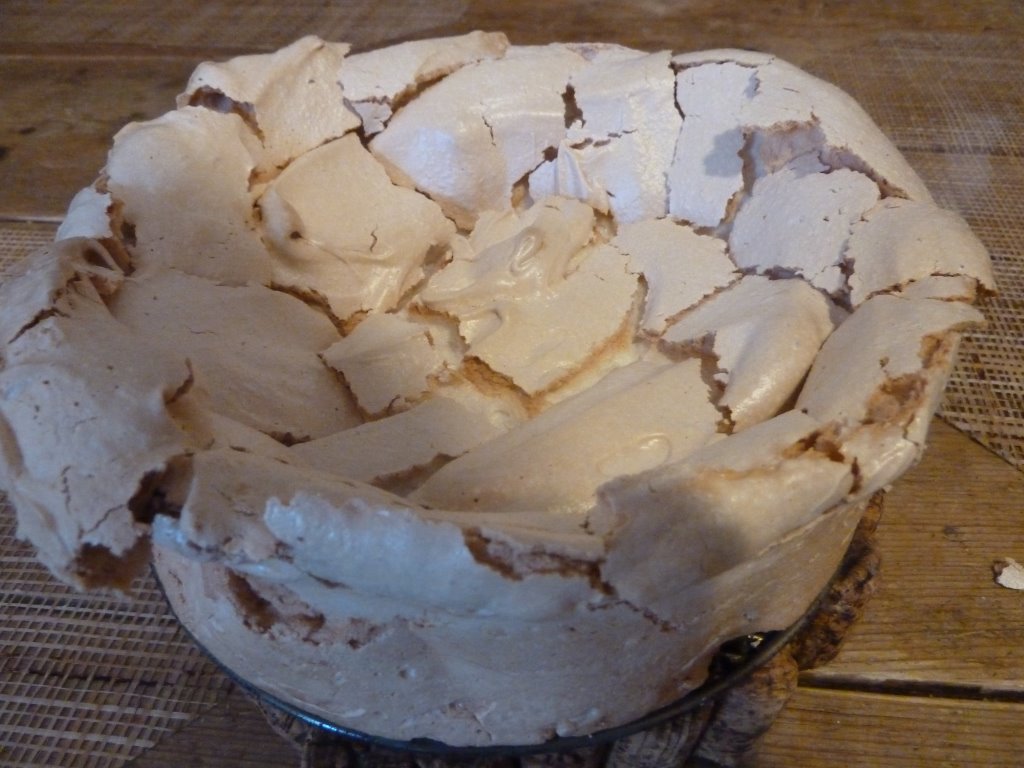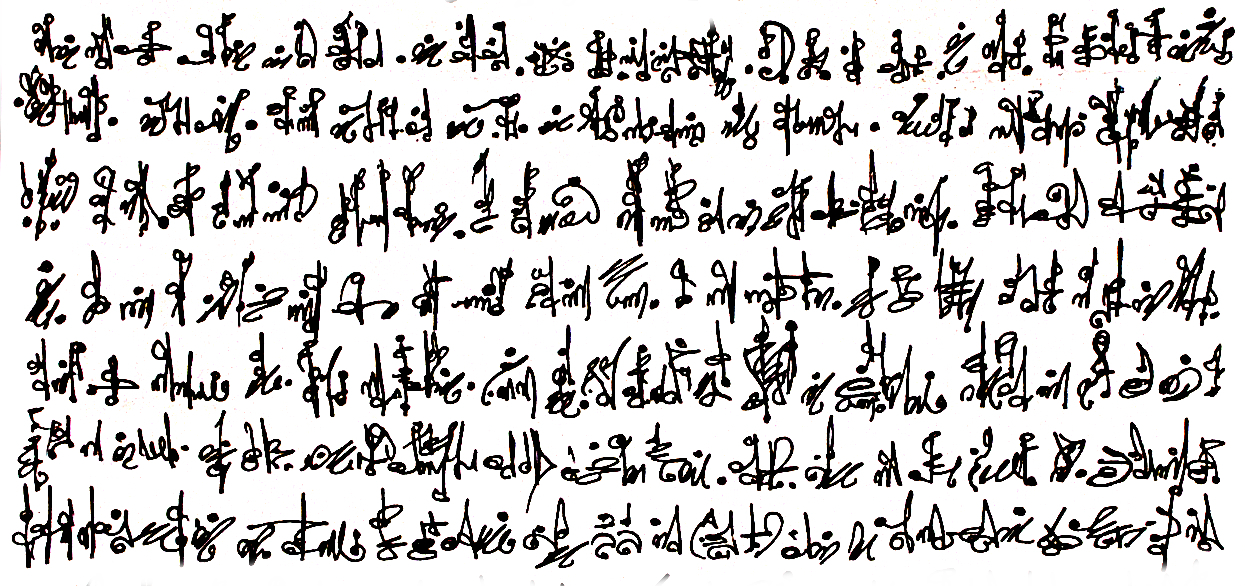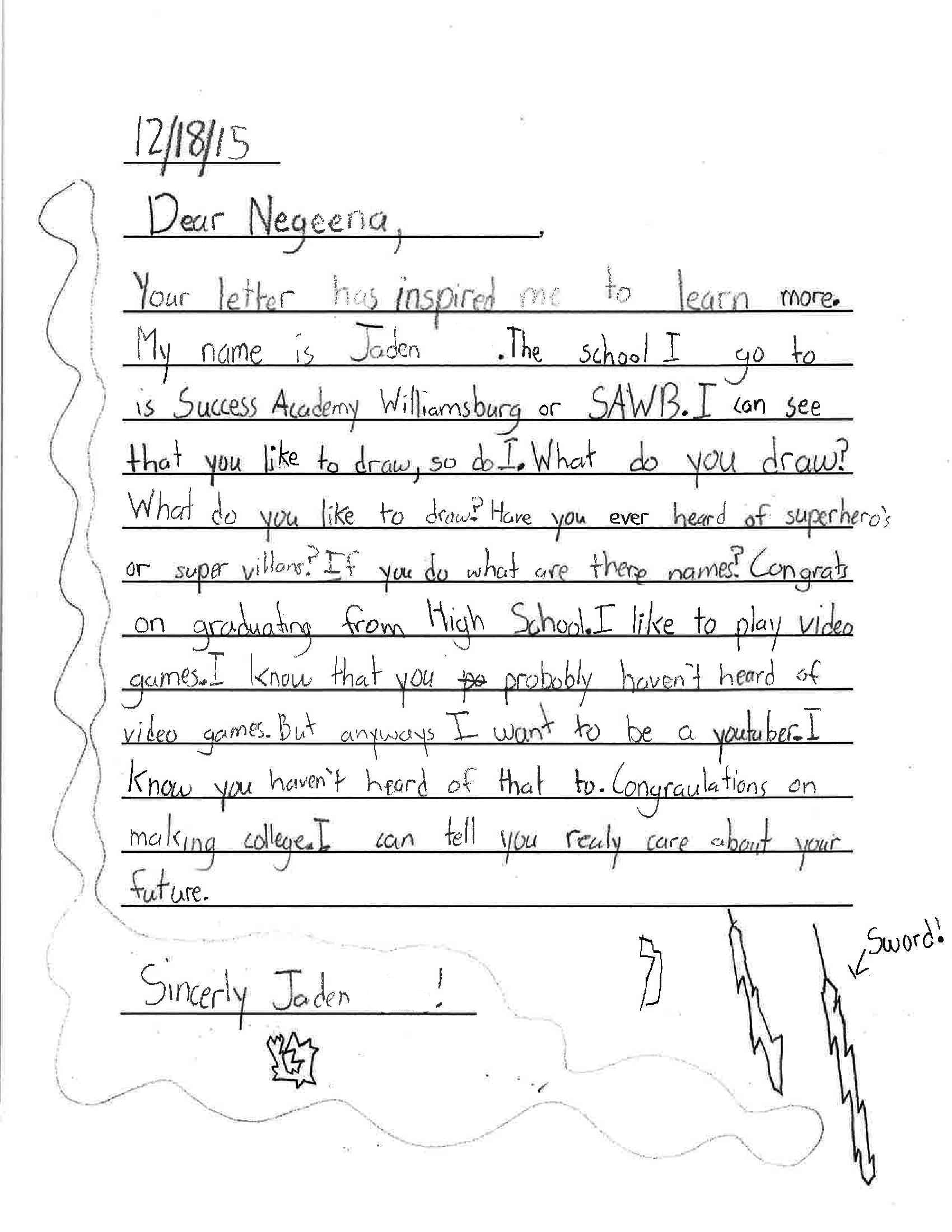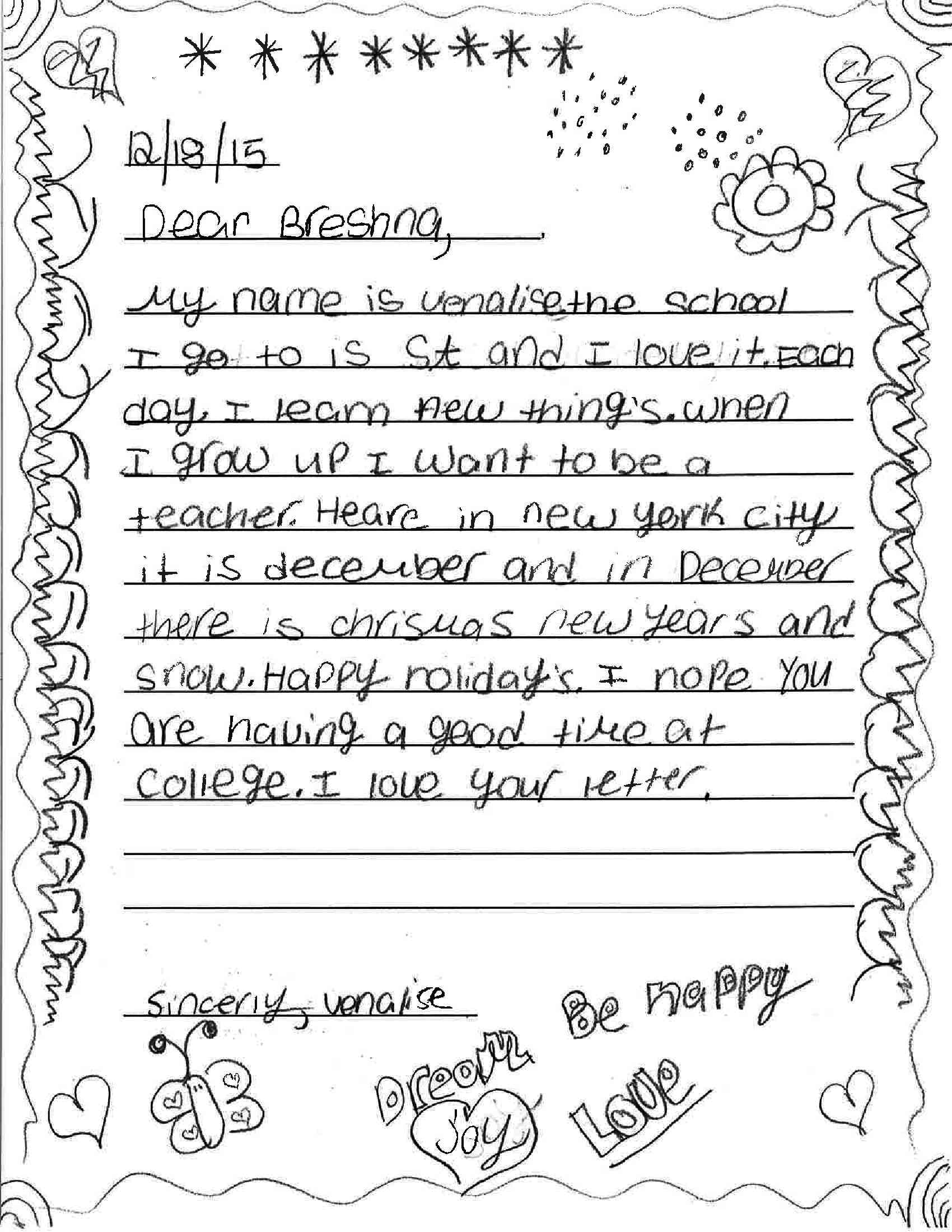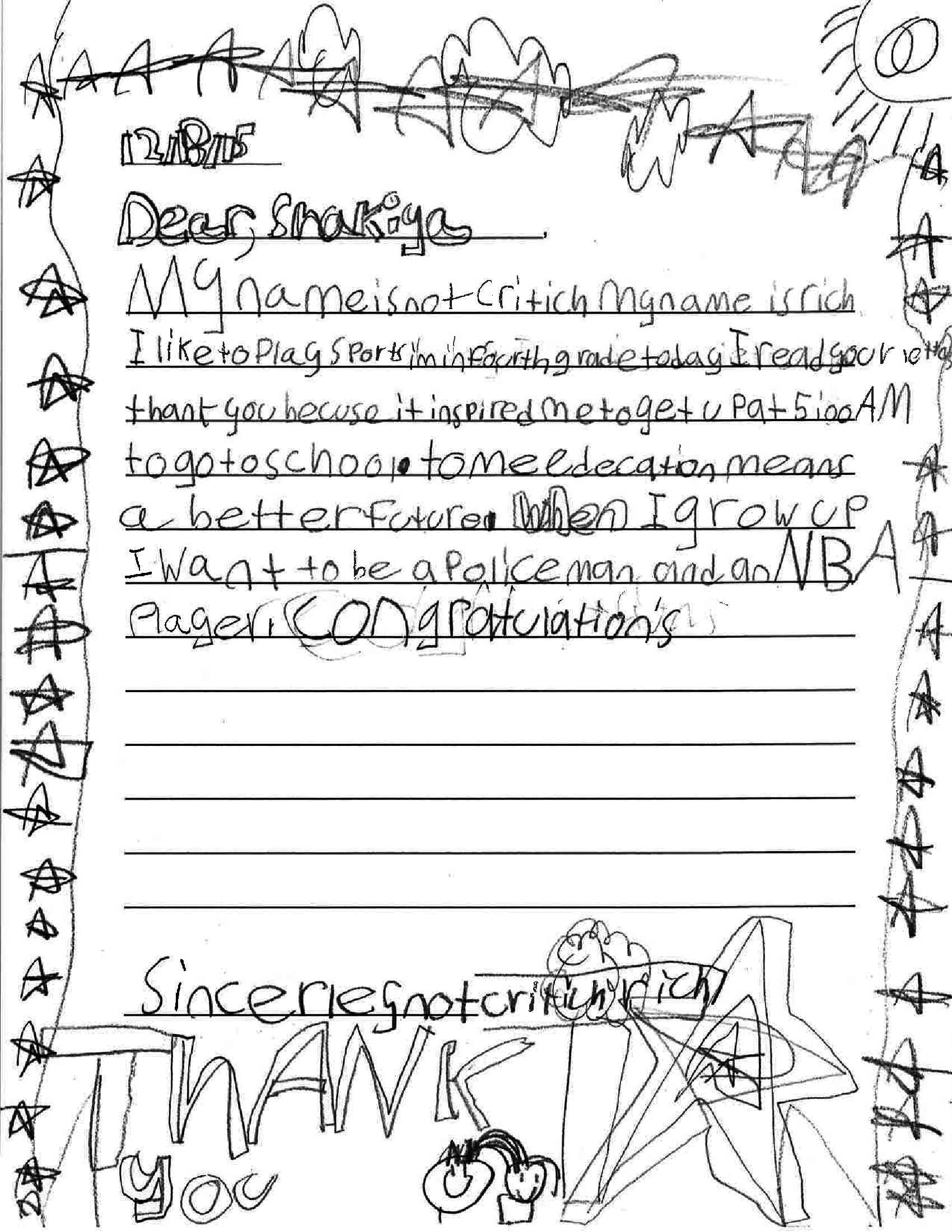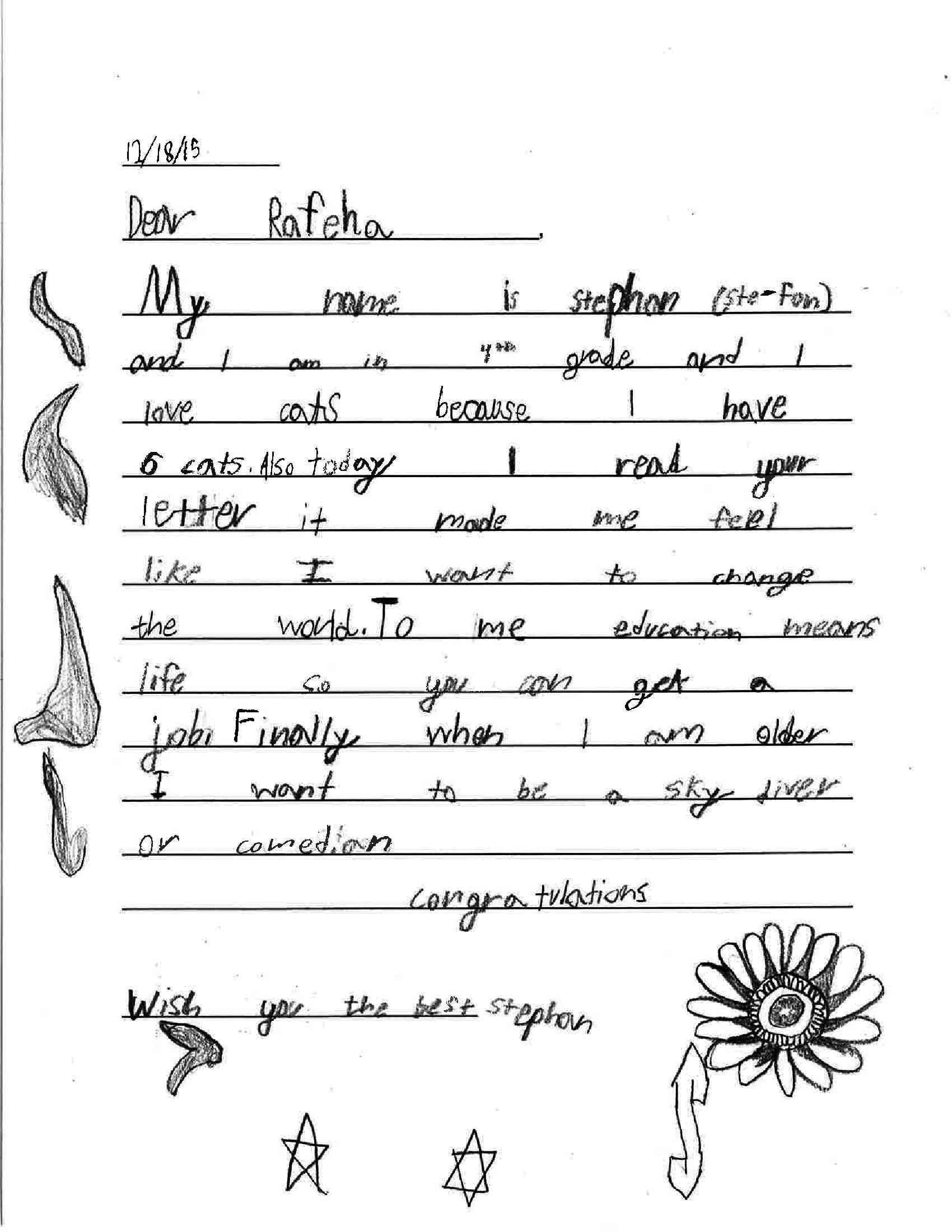Braised Short Ribs with Fennel, Carrots, and Orange • William Poole
Bretty Rawson
Note from curator Rozanne Gold: I was thrilled to get an email from Mr. William Poole, a stranger to me who has been enjoying reading Handwritten Recipes. Mr. Poole is a professional chef who specializes in pastry and confectionery and has extensive knowledge and experience working all over the world, including Slovenia. Naturally, I expected a nice recipe for strudel or some European baked good, but what I got instead was a fabulous recipe for short ribs perfumed with fennel, carrots, and orange. Only one teaspoon of sugar in sight. Bravo to Mr. Poole, who not only managed to devise such a lusty main course, but did so in his hotel room one night. And thanks to Allison Radecki for making the recipe and saving some for me. This handwritten recipe is an homage to William’s grandparents who inspired him to live life full tilt.
BY WILLIAM POOLE
I am from Eastern Nebraska, growing up in Omaha and moving to Phoenix in my early teens. My families are largely from Eastern Europe, the Bohemia region of what we now know as the Czech Republic, and settled in Nebraska in the late 19th century.
Afternoons after school, I would be glued to the television, watching the Great Chef's Series, The Frugal Gourmet and, of course, Julia Child and Jacques Pepin. They all influenced me in developing my cooking style, and to understand that the world, in a culinary sense, is a pretty large place.
I am a professional cook, specializing in pastry and confectionery. My career has taken me all over the states (restaurants, hotels, even a private luxury train) and to Europe, where I worked for a large catering company in Slovenia. I have kept many notebooks over the years that contain recipes, notes, techniques, and even drawings of the things that influence me, or inspire me to cook.
The recipe I am sharing comes from my latest notebook, Jokati z Babico (shedding tears with Grandmother). It is an homage to my biggest inspirations, my grandparents, Claire and William Pycha. The phrase Jokati z Babico is a term that represents the passing on of traditions, good ones that make you remember people who have passed on before you, sharing stories, eyes filled with joyful and melancholy tears.
My grandparents taught me to be adventurous in all things. My grandmother Pycha, all smiles and billowy (like a character in a Truman Capote novel), was always one to point out what was good to use in the yard for cooking; she would show me where the wild chives grew behind the garage, the spearmint below the low porch off the kitchen, and how to dry the picked bundles to make tea. She taught me how long to boil the potatoes we pulled earlier from the garden and how much butter, dill seed, salt and parsley to use when preparing them.
My grandfather, in addition to his great baking skills (kolache, dinner rolls and cinnamon buns were his best) had a strong talent in the arts. He painted in oils, in addition to painting yearly pisanki (colored Easter eggs with traditional or pastoral vignettes). I think of him (and thank him often) whenever I’m drawing out a new confection design, or composing a plate for a menu.
This handwritten recipe resulted from my recent travels when I learned that you can make something extraordinary with limited resources.
My partner of twenty-eight years had accepted a job that relocated us to the East Coast, but required nearly 100% travel. The neat part about this was that his company would fly me to his destination/base as needed for as long as I needed. This was great, as I was taking some time off while considering a location and menu for my new chocolate and confectionery company.
I found myself in Atlanta, Georgia, for most of 2014, in a residence hotel, the Hilton Midtown, which offered a refrigerator, basic cooking utensils, pans, a coffee maker, and a two- burner electric stove top, which to me, is a perfect challenge. This setup allowed me to cook nearly every night, using fresh ingredients, exploring farmer's markets and regional food shops so I could create great meals. A few times, seeing me carrying bags of fresh food back to my room, the hotel maids would ask what I would be making that day, and started asking me cooking questions. I guess they were intrigued by the aromas wafting into the hallway.
I created this recipe in October of 2014. It was raining the day I stepped out to make groceries (my partner is a New Orleans native, hence the regional expression...). It was balmy, but I knew that it would get colder later, and wanted to make something that was comforting and perfect for the evening ahead. At the market, a few blocks away, I found all the ingredients I needed; meaty short ribs, some baby carrots, a head of fennel, a can of low-sodium beef broth, and an orange. Back at the hotel, I had on hand a few cloves of garlic, onion, and some left over coffee. I borrowed a little apple cider vinegar and flour from the hotel kitchen.
This recipe always reminds me of my grandparents, a hearty and flavorful combination of aromas and textures, and a one-pot technique which is frugality at its best. The flavors of the fennel, carrot, and onion, with the delicate orange and coffee, are all scents that remind me of time at my grandparents’ house in Omaha, and a way of keeping their memory with me wherever I go.
Braised Short Ribs with Fennel, Carrot and Orange
This recipe is can feed four easily, or two people for a few days
4-6 beef short ribs**
2 tablespoons good-quality olive oil
1⁄2 large onion, finely diced
3 garlic cloves, smashed and coarsely chopped
1 large fennel bulb, cored and sliced thinly
1 bag baby carrots, rinsed
1 orange, juiced (about ¼ cup)
1-1/2 cups low-sodium beef broth
¼ to ½ cup of brewed coffee
¼ cup apple cider vinegar
- Heat oil in a deep, lidded pot, over medium high heat until it shimmers.
- Without crowding, add the short ribs, browning on all sides; remove to a plate.
- Add a touch more oil if needed, and sauté the vegetables until they begin to take color, adding the garlic last.
- Add the stock, vinegar, coffee and orange juice and bring to a boil. Nest the ribs into the liquid and vegetables, reduce the heat to low and cover for two hours until the meat is tender. Remove short ribs and vegetables to a platter. Boil juices in pan until thick and syrupy and pour over meat.
** dusted in a mixture “dry rub” of salt, pepper, flour and a little sugar (the only sugar I had on hand were there sugar packs in the hotel room, which reminded me of my grandparents again, as my grandmother used to sneak a pack or two home from the restaurant every time we went, as a memento). A dry rub is a personal choice for “how much”, but I generally use 1 cup flour, with 2 teaspoons each salt and pepper, and 1 teaspoon sugar).




